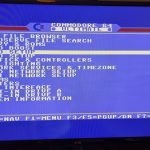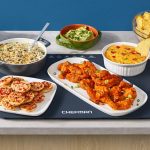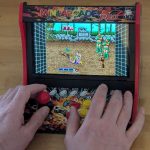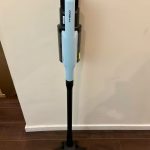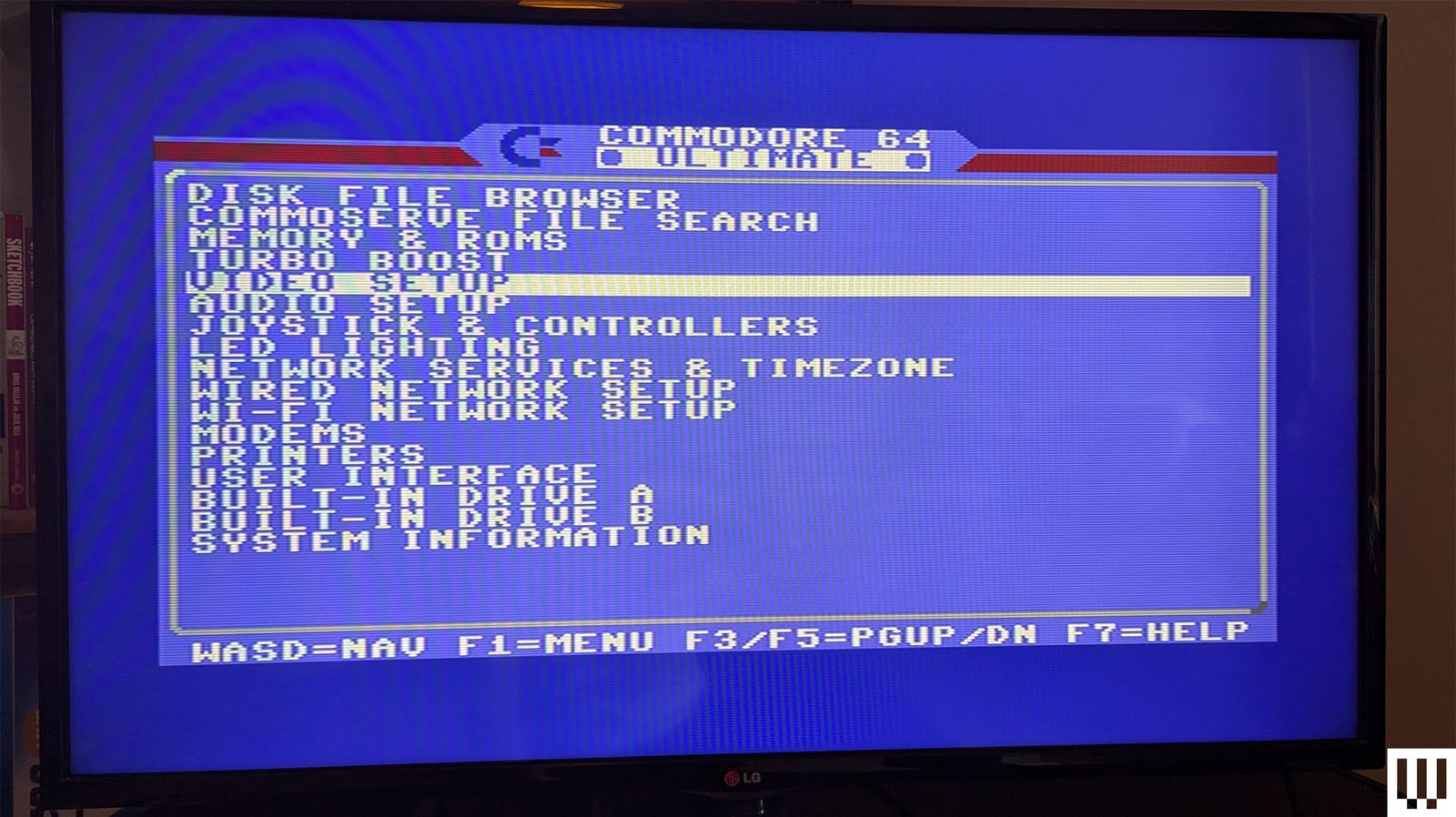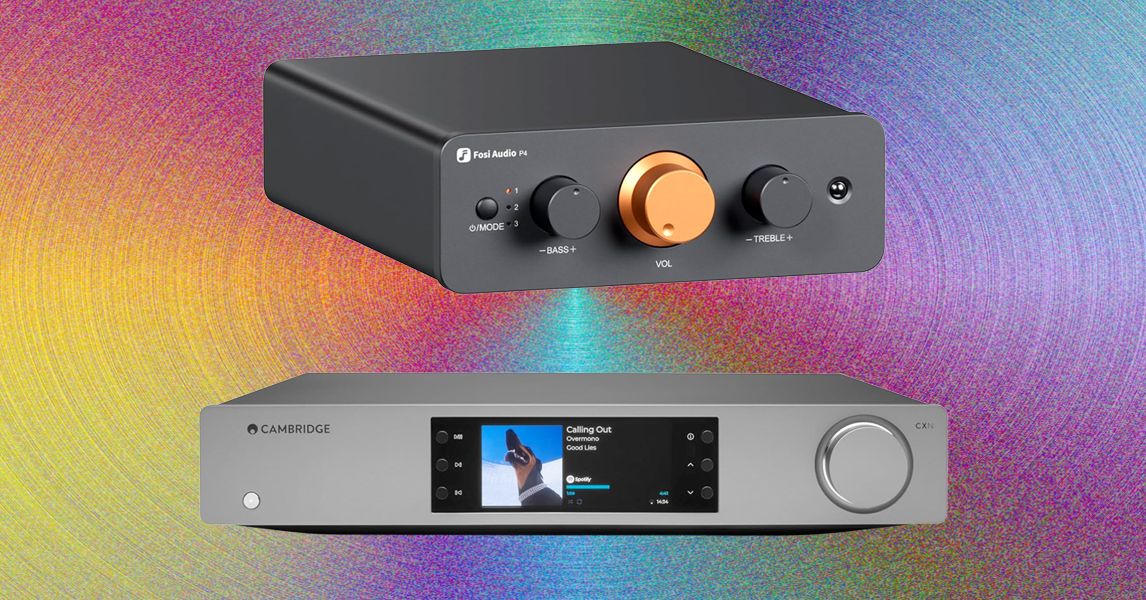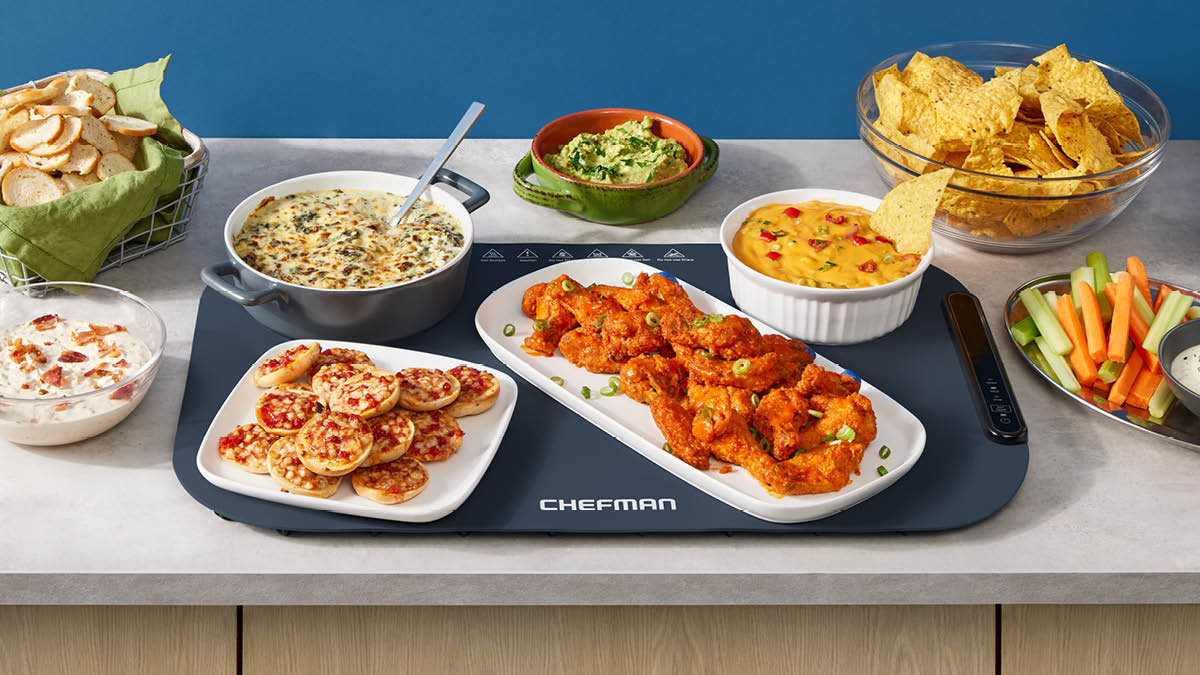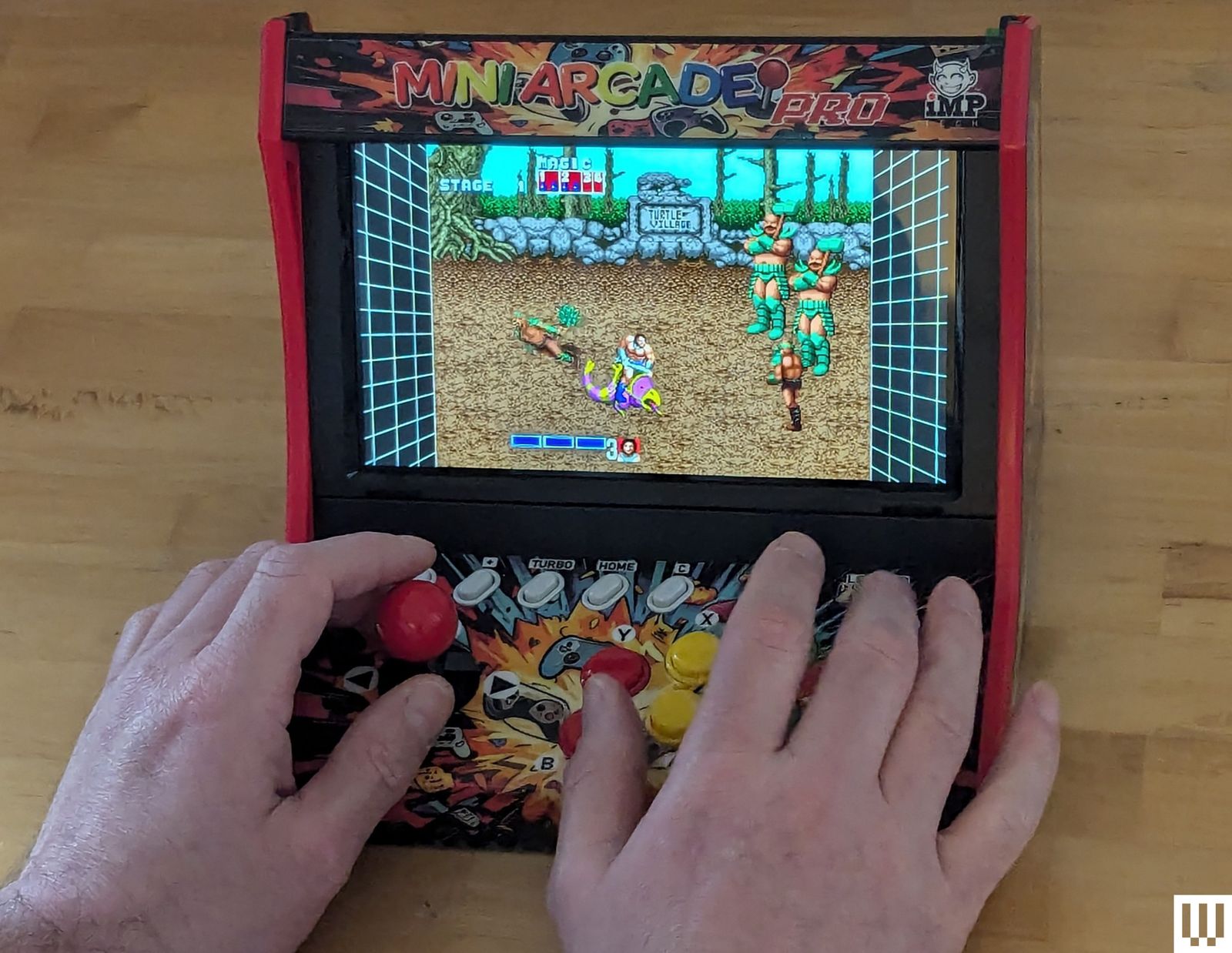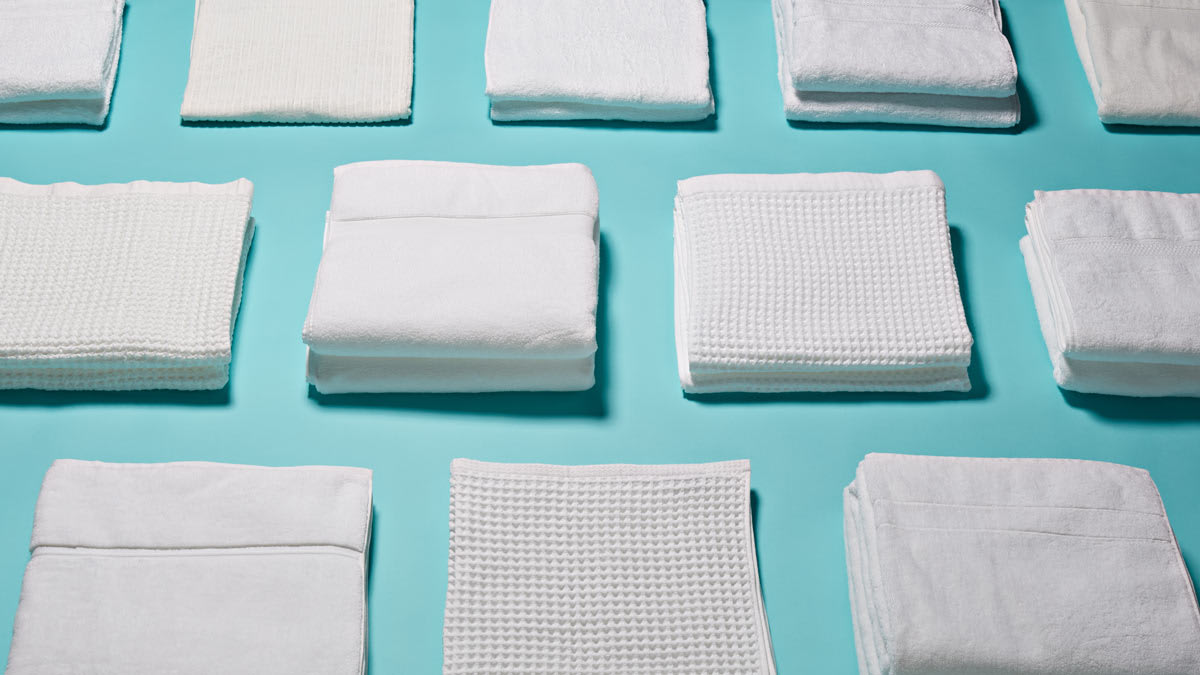
Buying bath towels can be surprisingly confusing if you want to know exactly what you’re paying for. There’s a fair amount of terminology; understanding these terms can help you see past the marketing hype and make a more sound purchase.
Materials
You’ll find bath towels made either with 100 percent cotton, or a mixture of cotton and synthetic fibers like polyester. “Generally, a cotton-based towel could have better water absorbency and could be more preferable to consumers compared to towels made with synthetic or blended fibers,” says Sumit Mandal, PhD, an associate professor of textile science at Oklahoma State University.
Within the category of cotton, though, is a lot of variation. At the top of the ladder you’ll find Egyptian and pima cotton. “Cotton grown in Egypt of a certain species is called Egyptian cotton,” says Preeti Arya, PhD, an assistant professor of textile development and marketing at the Fashion Institute of Technology in New York. “The same species of cotton grown in the U.S. is known as Supima/pima cotton.” Supima cotton is a trademarked pima cotton that represents only a tiny portion of cotton grown globally.
Turkish cotton is similar to Egyptian cotton, says Arya, but isn’t quite as high quality as Egyptian and pima cotton. All three types—Turkish, Egyptian, and pima—are going to be softer, more durable, and more absorbent than cotton grown in other regions, such as India and Bangladesh, according to Mandal.
Other Details
Staple length: Broadly speaking, “staple length” is the length of fibers used in a yarn. The longer the staple, the softer the yarn—and the more expensive the towel. “Imagine you took a bunch of short fibers and twisted them; you would have little fibers protruding. If I have longer fibers and twist those, the surface of the yarn will be less hairy, and therefore softer to the touch,” says Larissa Shepherd, PhD, an assistant professor of human-centered design at Cornell University in Ithaca, New York.
One reason why Egyptian cotton is so top-notch? Its fibers have the longest staple length, according to Mandal.
Ringspun and combed cotton: These terms refer to types of yarn that make up the fabric in a towel. Ringspun cotton is made of cotton fibers that have been twisted into a long, fine, durable rope. It makes particularly comfortable fabric—and it’s also pricey to produce, says Shepherd. Combed cotton goes through an additional “combing” process that removes short fibers and debris. “Using a cotton that has been combed will result in a stronger yarn and a smoother, lighter-weight fabric,” says Shepherd. The cotton used in towels can be both combed and ringspun, which would make it particularly durable, according to Mandal.
Weight: Many towel brands will hype up the weight of their towels as an indicator of quality. Weight is usually measured in grams per square meter (GSM). Heavier towels are more absorbent and have a luxurious feel, but a heavy weight shouldn’t be used as the determining factor when buying a towel. “Consumers should look for high-quality cotton over the weight of the towel,” says Kathryn Reiley, PhD, an adjunct professor in apparel design and retail and consumer studies at the University of Minnesota College of Design in St. Paul, Minnesota. High-quality cotton would include Egyptian, Supima, or pima cotton (and, to a lesser extent, Turkish cotton), particularly that which has been combed or ringspun. “The weight doesn’t affect quality because a heavy-weight towel could be made out of low-quality cotton or high-quality cotton.”
Loop pile: Loops are the, well, loops of yarn that make a towel fluffy. Yarn thickness and loop density determine the absorbency and weight of a towel. Short loops or sparse loops (like balding hair) are lighter and less absorbent than long loops or dense loops (like a thick head of hair). That’s because these loops are what trap the water, according to Shepherd. “If you have a towel and the loops are scarce, and/or they have shorter/flatter loops, this towel won’t be as absorbent, although it may weigh less,” she says.
Dobby border: The dobby border is the wide, flat decorative strip that towels have on one or both ends. They’re often woven in an interesting design, such as checkers or stripes. Dobby borders are considered higher-end than cam borders, which are thinner and have a simpler look. However, you can find both styles (or no decorative border at all) across a wide range of prices.
